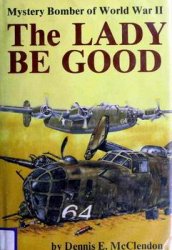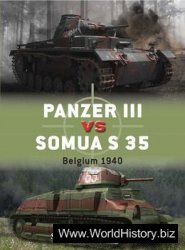Ceremonial uniform and weaponry today would give but a poor impression of the realities of modern warfare, armament and battle formations; second-hand newspaper accounts would offer an unreliable picture of the background to a territorial skirmish or the social customs of the participants. The archaeological and literary Information relating to Celtic warfare is equally partial and one-sided, for the arms discovered in a burial or a ritual deposit may not reflect those of the warrior class as a whole; classical writers were neither dispassionate nor necessarily knowledgeable reporters, frequently collating snippets of received information from a variety of sources. From such evidence it would be wrong to try to present even a series of snapshots for the wide chronological span or geographical range of Celtic activity in Europe. In most cases classical writers were evoking events in areas where archaeological evidence is sparse, and we have no knowledge of how stylized their apparent descriptions are. In other areas our evidence comes from weaponry itself, but in contexts that may involve special selection either to accompany a burial or as a religious offering. The choice of weapons may equally represent particular regional burial traditions (Lorenz 1986). Thus although our canvas is as wide as possible throughout the Celtic world, we have inevitably focused on certain areas where the results of research may be fuller than others; thus the detail of our tapestry leaves intervening parts unworked. The literature on Celtic warriors is too extensive to review, for, if we are to believe Strabo that the whole race was madly fond of war, warriors and the panoply of war enter many aspects of Celtic life, art, technology and religion.
Our knowledge is also skewed by the differential survival in the archaeological record of the various components: a mass of ironwork is known, although only a tiny proportion is fully conserved; wood survives more rarely, although spears and shields are known to have played important parts in regular armament; leather and other fittings are, like the clamour and trumpeting of the battlefield, largely matters for the imagination.
Dechelette offered one of the first detailed accounts of the archaeology of the warrior (1927: 612-710). The broad sequence of armament has been reconstructed visually in popular form by Connolly (1978: 49-69); Rapin, in bringing together
Illustrations of weapons at consistent sizes, has shown the development of swords, spears and shields from the fifth to the first century BC (1983a). Weaponry and warfare in Gaul has been most recently discussed and illustrated by Brunaux and Lambot (1987). Several recent exhibitions and museum displays have evoked the Celtic warrior through full-scale reconstructions and drawings (e. g. Zeller 1980; and the Museum of the Iron Age at Andover in Hampshire); the magnificent volume accompanying an exhibition in Venice in 1991 explores many aspects of warrior activity throughout the Celtic world (Moscati et al. 1991).
The two strands of evidence, the archaeological and the literary, that must be interwoven in any discussion of Celtic warriors can be evoked so vividly that the popular notion of the Celtic barbarian is second only to that of his Hunnic or Viking successor as the scourge of classical or later Christian civilization. Barbarity is conjured up through noise and an absence of discipline; physical stature is enhanced by shagginess of hair or by helmets apparently designed to instil terror into the person to whom the story is being told - horns in the case of the Celts, wings in that of the Vikings. Unusually, our picture of the warrior Celt is also affected by two groups of monumental sculpture: the first, nearly contemporary, includes Roman arches such as the Arc de Triomphe at Orange and is designed to commemorate Roman military victory and the defeat of dejected barbarians (Amy et al. 1962); the second and more disparate group is of nineteenth-century date and belongs to a period when Europe was discovering its Celtic rather than its classical past (see Figure 4.1) - statues of Ambiorix at Tongres, Vercingetorix at Alesia, and Boudica in her scythed chariot on the Embankment in London are among the most famous, and are perhaps the most important, in perpetuating past images of warrior leaders. Today, of course, the cartoon creation of Asterix has provided new generations with expectations of Gallic invincibility and bombast, as well as a sense of humour, an essential part in relating the past to the present to contemporary audiences. When myth becomes an inevitable part of popular culture, archaeology has an unusually important part to play in presenting a rounded picture of the material evidence. In broad terms this chapter will take a site or a group of sites to form the focus of the exploration of a theme, incorporating material from sculptural or classical sources where this adds clarity to the picture. Illustrations and reconstruction drawings have thus been chosen to reflect general themes.




 World History
World History









